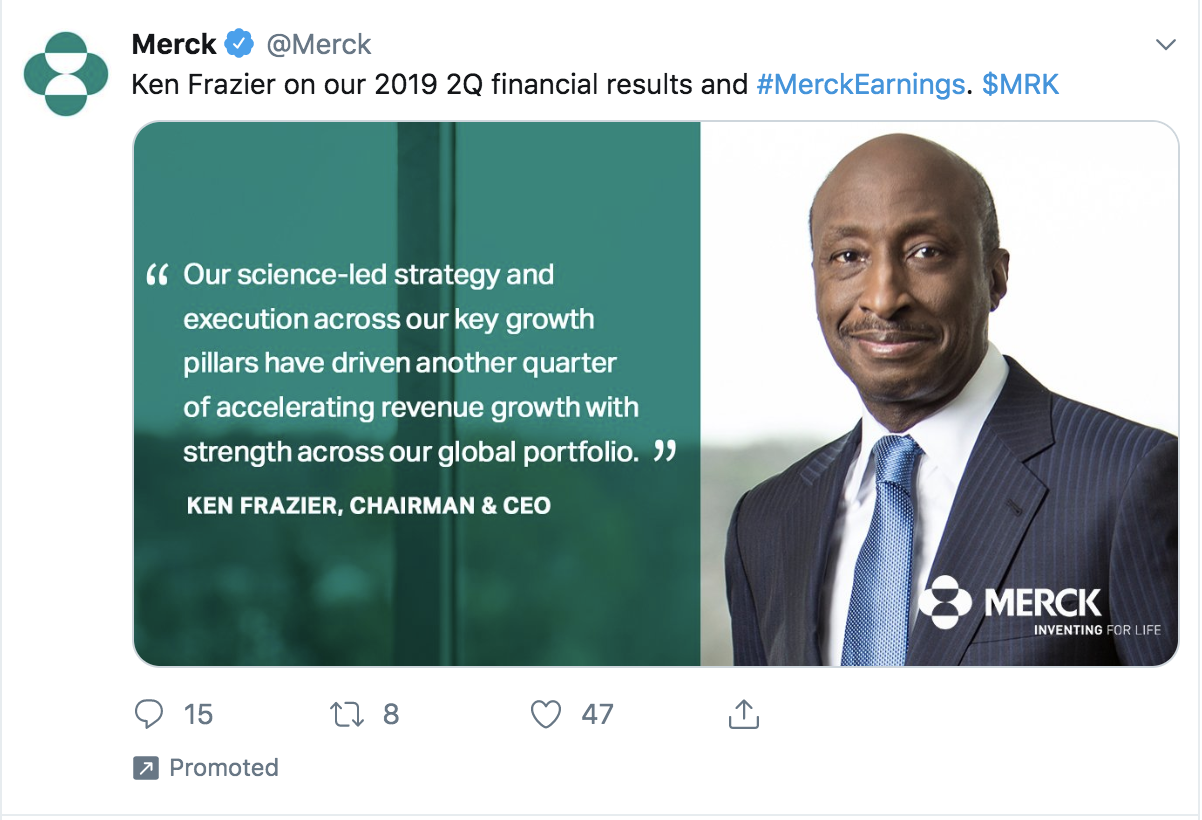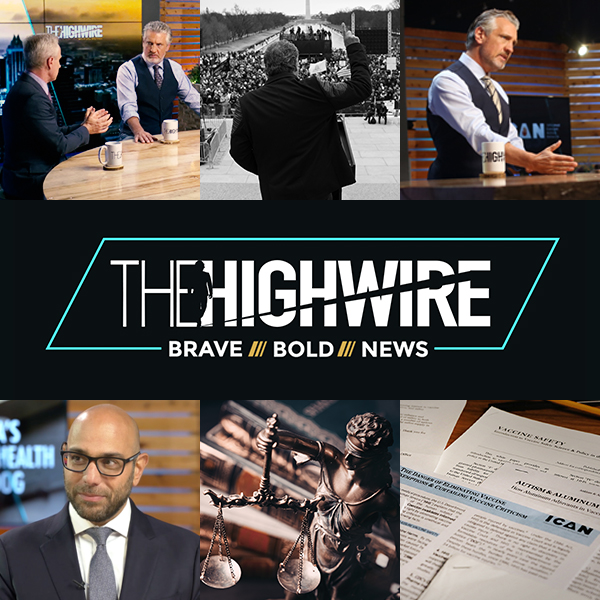Vaccine Kingpins Rake In Billions
Updated
By Jefferey Jaxen
Compared to the blockbuster drug industry, the vaccine market used to be considered a barely profitable sector. Looked at as a secondary market, vaccine manufacturing was a legally and fiscally dangerous endeavor for companies to pursue. After the industry was granted liability protection in 1986 however, the market exploded and hasn’t stopped since. In 2014 the NY Times wrote,
“Once a loss leader for manufacturers, because they are often more expensive to produce than conventional drugs, vaccines now can be very profitable.”
The NY Times continued, “Old vaccines have been reformulated with higher costs. New ones have entered the market at once-unthinkable prices. Together, since 1986, they have pushed up the average cost to fully vaccinate a child with private insurance to the age of 18 to $2,192 from $100.” The total vaccine market in 2000 was $5B and in 2020 it is estimated to reach anywhere from $59.2B to $61B– a growth of 1,100%.
In short, its a free-for-all in which notoriously unscrupulous pharmaceutical companies are free, legally and socially, to do what they do best – put profits over people while fighting for monopoly control. No one company exemplifies this behavior to such a degree as New Jersey-based Merck & Co., Inc.

In April, the company reported higher-than-expected first-quarter profits with its HPV vaccine Gardasil accounting for much of the earnings beat. The company recently stated that high consumer demand for its measles vaccines helped boost sales in its second quarter of 2019. In fact, Merck was so proud of their profits they paid to run ads on social media boasting to the public.
What also probably helped drive ‘demand’ is the local and state governments forcing their product upon its people as was seen recently in New York and Washington State respectively.
Along the same lines, Health Impact News asked the question recently:
“Is there any other market in the U.S. where there is virtually no liability for your products, the government requires you to purchase the product, and the government itself is the largest customer of those products? Also, most vaccines have only one manufacturer approved by the U.S. government for sale in the U.S., such as the MMR vaccine, creating a monopoly for that product.“
Despite a cyber attack that occurred in 2017, hindering the company’s Gardasil and hepatitis B productions lines, Merck’s financials have skyrocket thanks to its vaccine focus.
In May, Merck announced a $1B expansion to its plant in Virginia to increase its the production of its HPV vaccines. Weeks later, the drugmaker announced it will build a new $650M plant for Gardasil in North Carolina. On June 12, it was announced that ILUM Health Solutions, a subsidiary of Merck, would be creating 115 new jobs in Albany, NY investing $48M. Curiously, the announcement came one day before a rushed hearing took place in New York to push through a bill (A2371) to repeal the religious exemption to vaccination.
For Gardasil, it wasn’t always smooth sailing. In 2009 a NY Times article wrote, “…because of the limited audience of young women, American sales of Gardasil have recently stalled…In the first half of this year, Gardasil had sales in the United States of $363 million.” At the time, growth in the Gardasil market looked bleak due to unpleasant side effects, limited population use (young girls), and competition from GSK’s Cervarix which had little market share and covered fewer strains of HPV. GSK pulled Cervarix from the U.S. market in 2016, and has since removed it from other markets like Australia, due to lack of commercial traction.
Another factor is unlike the drug market, there is no generic vaccine paradigm that exists to threaten monopolies or provide market competition. Analysts from Wolfe Research state:
“[Merck’s] near-monopoly in the area of HPV vaccines should continue on almost in perpetuity, as least based on today’s commercial and regulatory dynamics. The runway for future growth of Gardasil appears to be a very long one.”
There are several regulatory dynamics which Merck’s HPV shot has been able to avoid. The perspective of scientific literature is showing the causes of the HPV vaccine’s severe adverse reactions has become less and less of a mystery. Gardasil contains a proprietary aluminum adjuvant that had been assumed to be safe from the findings of limited, mathematically-based scientific research focusing on ingested, not injected, aluminum. Merck has so far barred any study of the adjuvant by researchers outside its corporate walls who specialize in aluminum research.
To compound issues, the pre-licensure safety studies by vaccine manufacturers GlaxoSmithKline and Merck spiked their placebos with the aluminum adjuvants and cut observation periods to conceal a wide range of risks associated with HPV vaccines. The U.S. Food and Drug Administration has been silent on these questionable practices and doctored safety studies.
New research over the past decade has literally changed a paradigm to spotlight just how dangerous injecting aluminum actually is. The detailed findings of autoimmune/inflammatory syndrome induced by adjuvants (ASIA) associated with the HPV and other vaccines is beginning to explain some of the HPV vaccine’s severe adverse events including primary ovarian failure.
Although if you are a ‘consumer’ of the HPV vaccine, a large amount of this information is hidden from you purposely. Throughout social media, widespread censorship has allowed all vaccine manufacturers free reign on the public square to push an unopposed marketing blitz to sell their product. Little to no criticism, scientific findings or discussion that cast their products in a well-deserved bad light is being allowed by Big Tech outlets.
It’s not just Merck who enjoys the fruits of lax regulation and limited public debate as they tighten their grip on profits. Pfizer’s Prevnar 13 is the world’s leading vaccine product generating $5.8 billion in 2018 as well as the company’s top product over the last four years. The 13-valent vaccine is one of the only two pneumococcal vaccines produced in the world. No other companies may make cheaper versions of the vaccine until March 2026 – when Pfizer’s Prevnar 13 patent expires.
In a profits over people example, the high-priced pneumonia vaccines and the lack of global competition are a significant part of why it is now 68 times more expensive to vaccinate a child with the full package of WHO-recommended vaccines than in 2001. Doctors Without Boarders has sounded the alarm publicly stating, “…high prices charged by the only two companies that produce the vaccine are largely the reason approximately one-third of countries have not been able to introduce the pneumonia vaccine.”
If it was about saving children and preventing disease, wouldn’t Pfizer allow competition or lower its prices? In the U.S. the price of a single Prevnar 13 shot this year, before taking out rebates and discounts, is about $195 — a 5% increase from 2018 and 79% higher than its list price from 2010.
Can this runaway market find balance? Or will the lure of profits and conflicts of interest be enough to lead America down the road of another crisis as those in positions to regulate, debate and criticize the ill behavior of the vaccine industry are muted.







